Popular tourist destinations being RUINED by rubbish
Tarnished by trash

From filthy beaches and stinking cities to plastic-choked waterways, litter is threatening some of Earth’s most beautiful destinations and last remaining wildernesses. We take a look at holiday hotspots overwhelmed with rubbish as a result of overpopulation, mass tourism and poor environmental practices.
Read on to see the tourist attractions being ruined by rubbish...
Mount Everest, Nepal
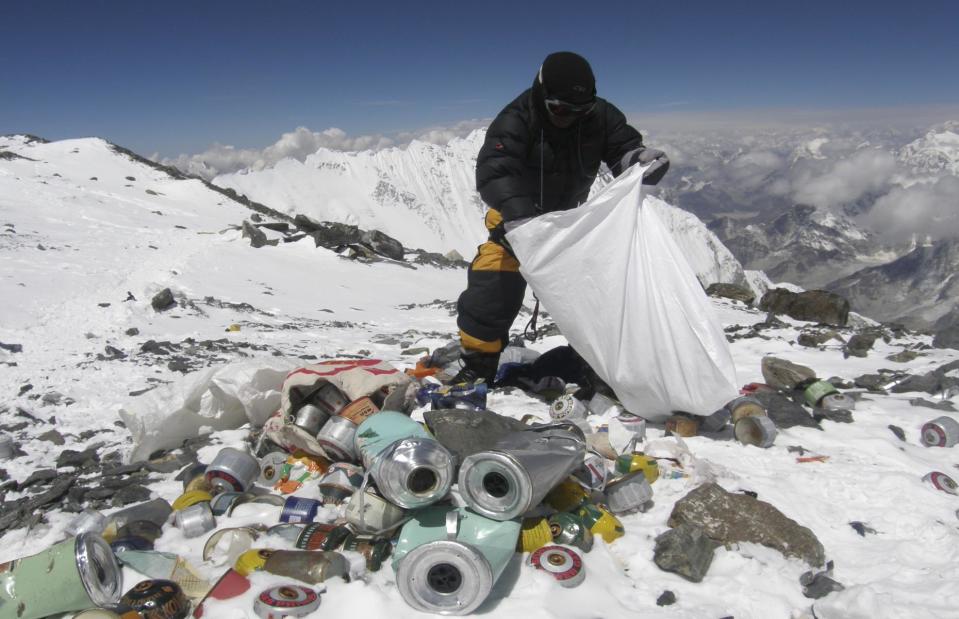
Discarded camping gear, used oxygen tanks, ropes, food packaging and human waste reveal the ugly face of adventure tourism on Mount Everest. As summiting the world's tallest mountain becomes increasingly commercial, it's been reported that cheaper expedition operators are cutting costs by reducing waste removal. Hampered by exhaustion, altitude and the dangerous terrain, carrying bulky items back down can be a step too far for some climbers. Instead, abandoned gear and litter are often left in camps to be strewn around by high winds.
Mount Everest, Nepal
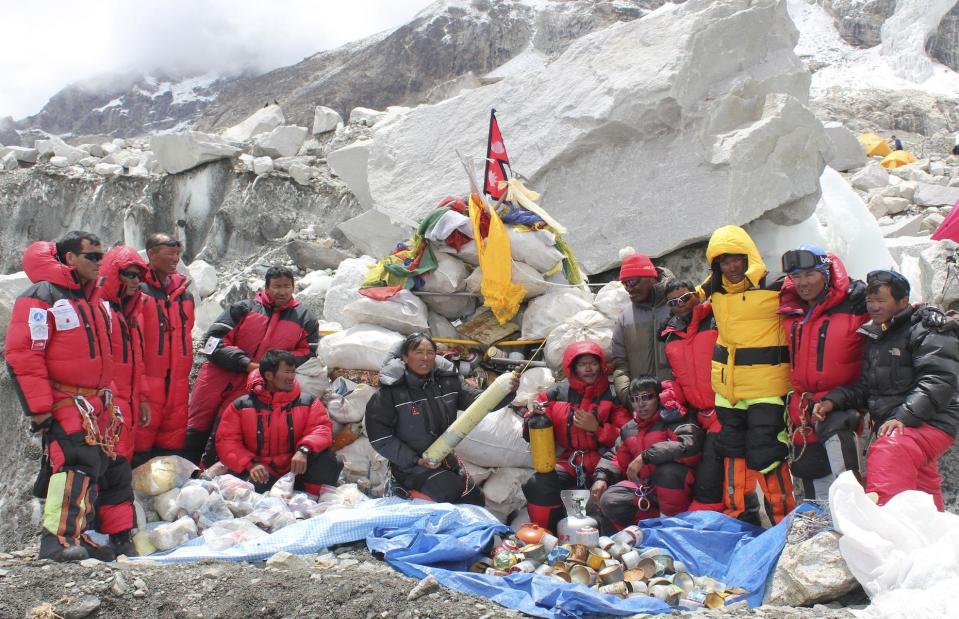
Many Sherpas have risked their lives to retrieve garbage left behind by climbers on the mountain. In recent years the Nepalese government, expedition organisers and charities have organised official clean-up operations at the start of the season to remove rubbish from the increasingly busy trail up to base camp and beyond. Despite these efforts, it's hard to keep up with the 600-plus people who attempt to summit every year. It is unknown for certain how much garbage has accumulated on Everest, but it is believed to be several tonnes.
Bali, Indonesia
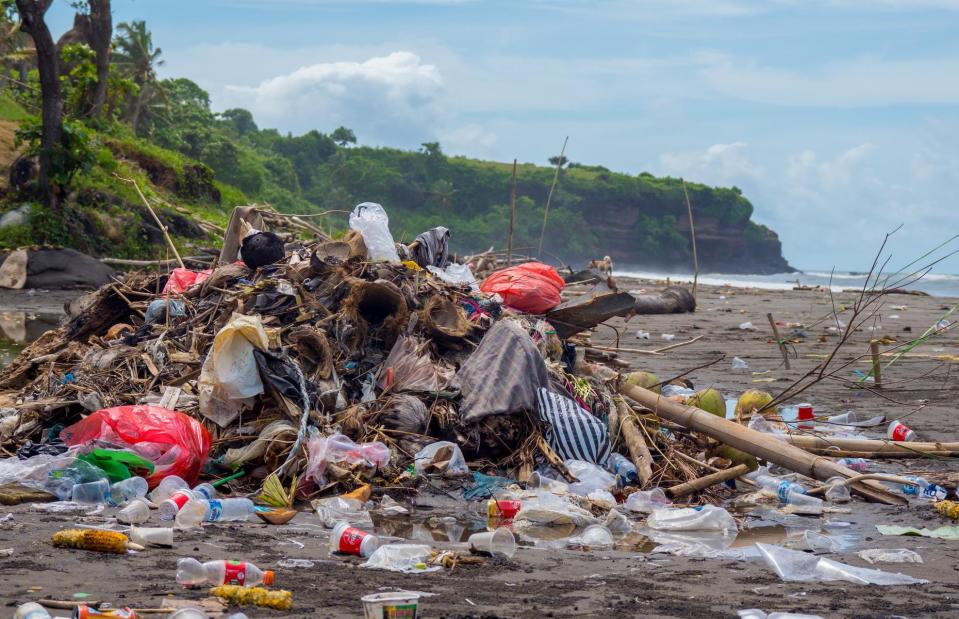
Rubbish has become a major blight on some of Bali's most popular beaches, such as Kuta Beach (pictured), and it’s particularly bad during the annual monsoon season when an assortment of debris is swept in by strong winds and currents. The stretch between Kuta and Canggu is one of the Indonesian holiday island's most popular tourist beaches and where some of the worst litter – including a lot of single-use plastics – turns idyllic sands into eyesores. Bali announced a 'garbage emergency' in 2017 due to the vast amounts of rubbish littering its shores and waters.
Bali, Indonesia
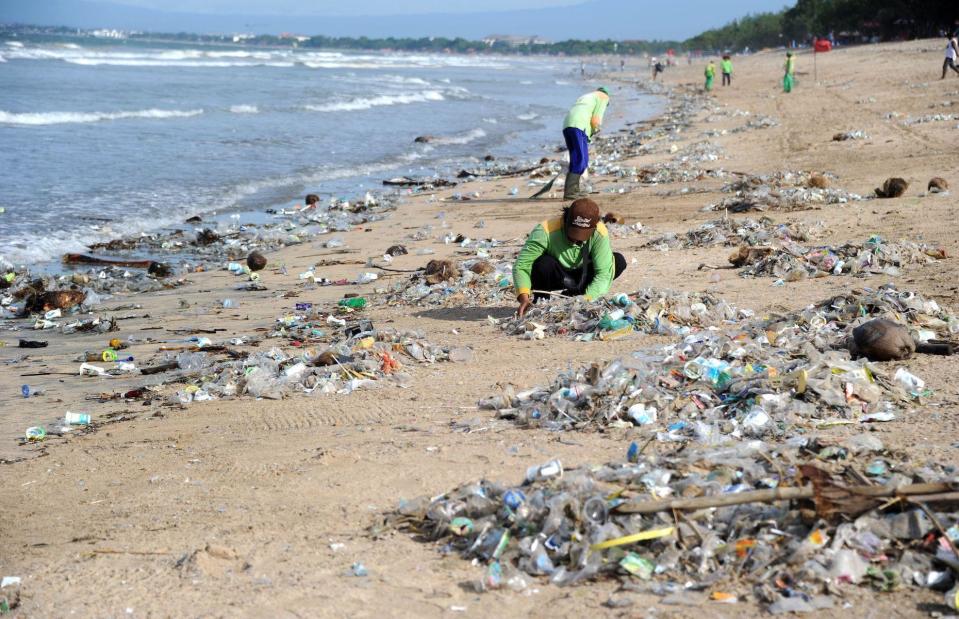
Bali has launched several initiatives to address beach cleanup and plastic pollution, deploying large teams of over 600 staff equipped with machinery like front-end loaders and deep cleaning machines. Community groups and NGOs, such as Sungai Watch, are also crucial, in installing trash barriers in rivers to prevent debris from reaching the sea. Supported by government efforts and local businesses, these initiatives represent a growing collective effort to protect Bali's natural beauty.
Machu Picchu, Peru
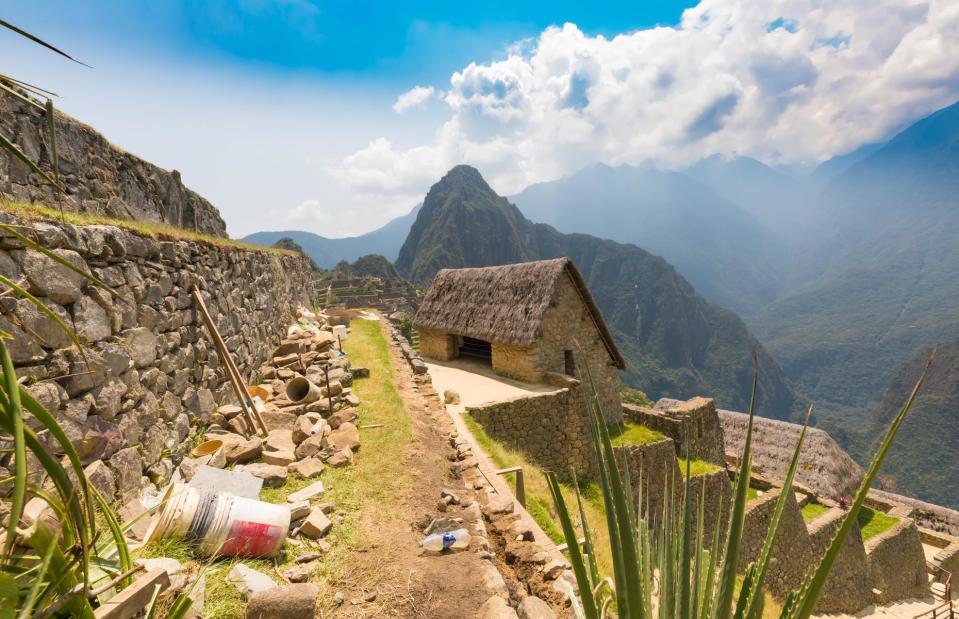
Many man-made wonders of the world face being swamped with rubbish too. Ancient citadel Machu Picchu is battling a growing amount of waste as visitor numbers soar. Some tourists trekking to the ruins have reported seeing litter along the Inca Trail while removing it from the lofty site itself is a mission. The problem has become so bad that UNESCO has threatened to remove Machu Picchu's prestigious status as a World Heritage Site.
Machu Picchu, Peru

Machu Picchu is actively working on several initiatives to tackle the waste problem caused by the surge in tourists. One major effort is a collaboration between Inkaterra, AJE Group and the local government, which has set up a plastic waste compactor that processes up to 12 tonnes of plastic daily. This has been vital in keeping Machu Picchu off UNESCO's list of endangered World Heritage Sites. These efforts are part of a broader plan to manage waste more sustainably and reduce CO2 emissions, helping to protect Machu Picchu for future generations.
Halong Bay, Vietnam
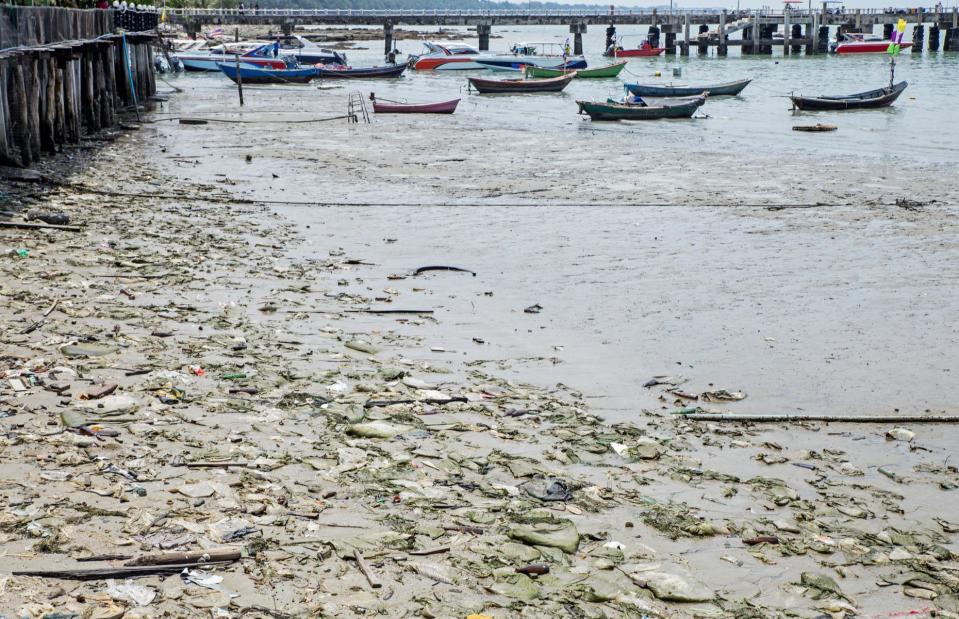
Unsightly scenes of rubbish floating in the water are sadly how many visitors recall their voyage around Vietnam's Halong Bay, which is normally famed for its emerald waters and towering limestone islands. While Halong Bay is a magical landscape, it faces many environmental challenges as it attracts more and more visitors. A pressing problem is that the UNESCO site is being polluted with litter, waste and discarded fuel from the boats that ferry visitors.
Halong Bay, Vietnam
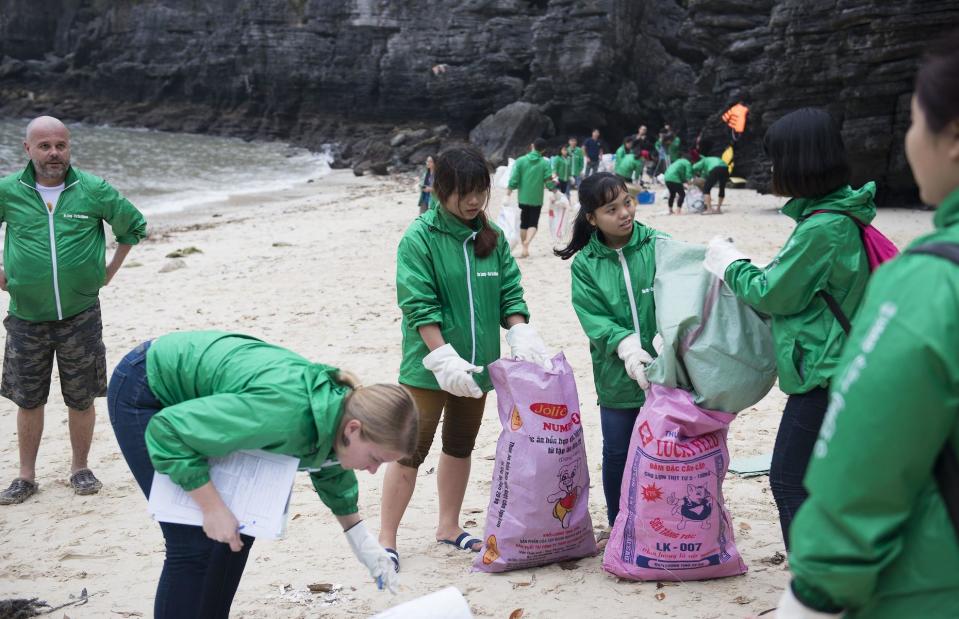
Styrofoam, plastic wrappers and bottles bobbing around the water and strewn around the bay are depressingly common sights, while forums on Tripadvisor feature discussions from tourists lamenting the amount of rubbish and wastewater they've seen polluting Halong Bay. In response, local community volunteers are stepping up their efforts to protect this iconic destination. In a cleanup effort between March and May of 2024, volunteers managed to remove an impressive 423,780 cubic feet (12,000 cubic metres) of trash from the bay, equivalent to nearly five Olympic-sized swimming pools.
Maldives
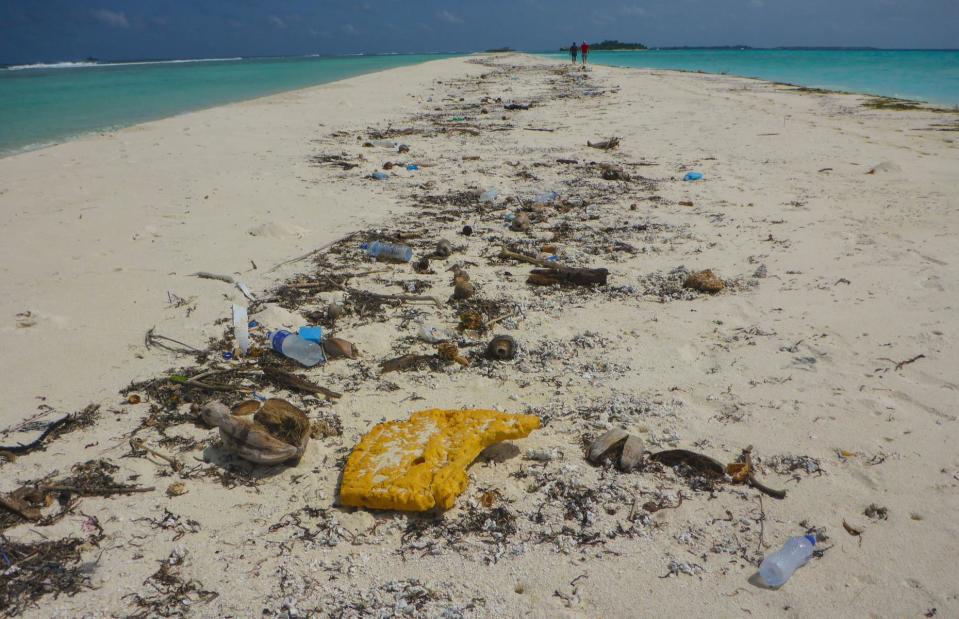
What's considered one of the world's most pristine paradises is also facing a huge waterborne rubbish problem. Many of the white sand beaches of the Maldives need to be cleaned daily of washed-up rubbish and discarded fishing nets. Overtourism is contributing to the Indian Ocean islands’ influx of plastic waste, which is posing a real and immediate threat to marine animals and their fragile ecosystems as the microplastics are ingested by plankton, fish and other creatures.
Maldives
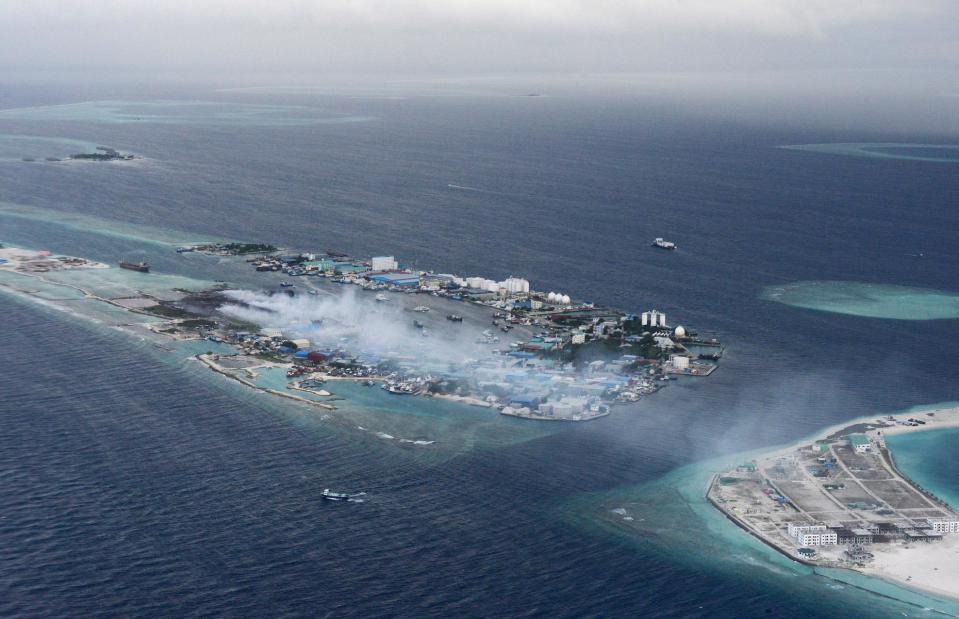
The Maldives has made significant strides in addressing its waste management problems, particularly on Thilafushi, known as 'Trash Island'. This island has long been the main dumping ground for the country's waste, causing severe environmental damage, including harmful fumes from burning trash. To tackle these issues, the Maldivian government launched a major waste management project, which includes building a new waste-to-energy facility. Single-use plastics were also banned in 2022 to help combat the waste crisis.
River Thames, UK
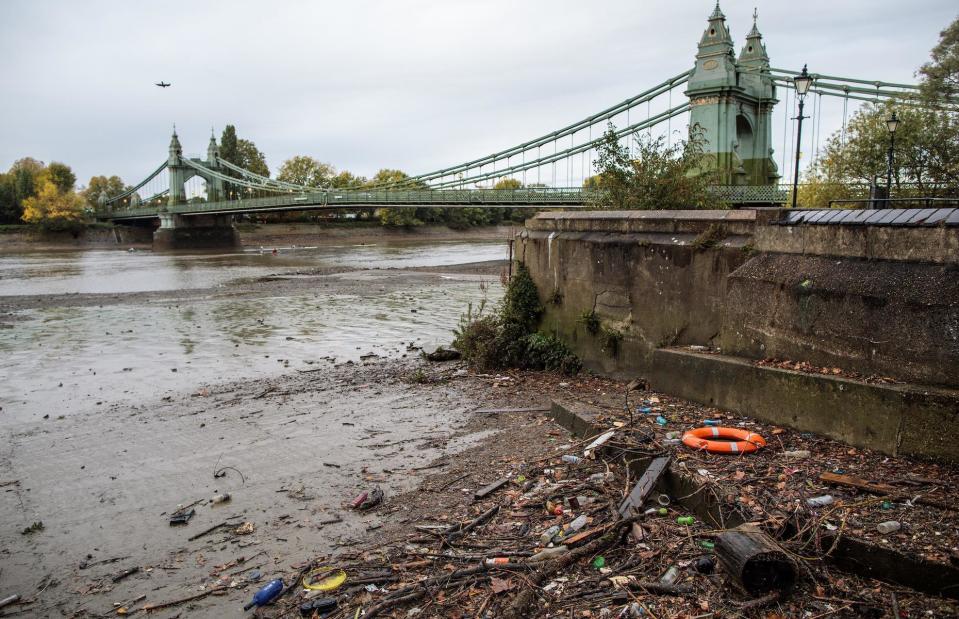
River clean-ups by the Marine Conservation Society and Thames21 discovered that 60% of litter in the River Thames is made of plastic, with researchers finding that up to 75% of some types of fish had plastic fibres in their gut. Metal cans, food packaging and wet wipes are another nuisance. At one point, the river was so dirty it was deemed 'biologically dead' – although it has since made a significant ecological recovery.
River Thames, UK
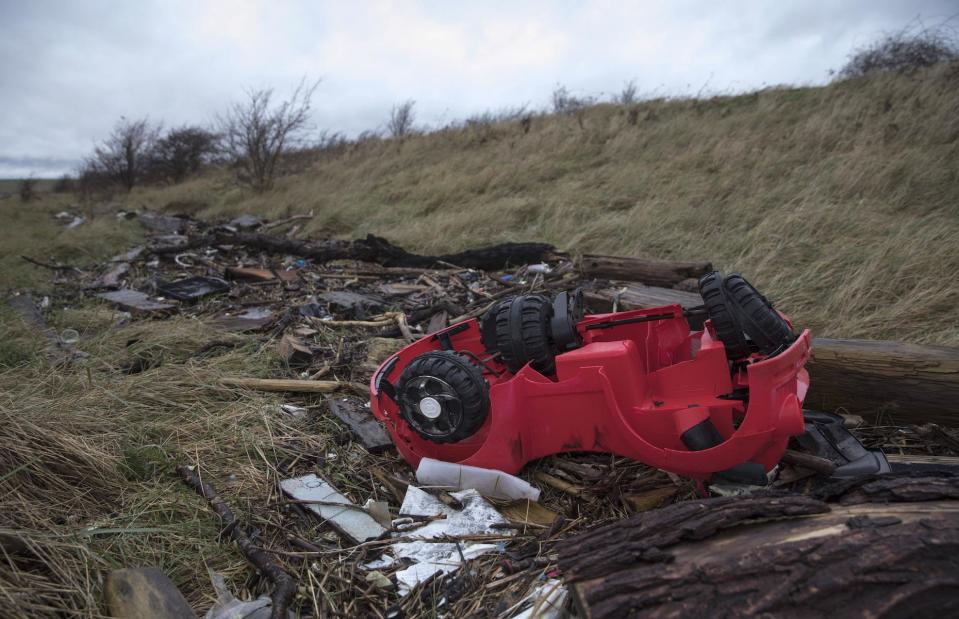
At Southend-on-Sea, where the Thames meets the North Sea, hundreds of items have been known to litter the ground, including unrecognisable pieces of plastic. The Thames Estuary shoreline is an important feeding ground for wading birds and other marine wildlife. Though conditions in the river have seen improvements in recent years, pollution from sewage and litter still threatens life in the waterways of the Thames Valley and beyond.
Hawaii, USA
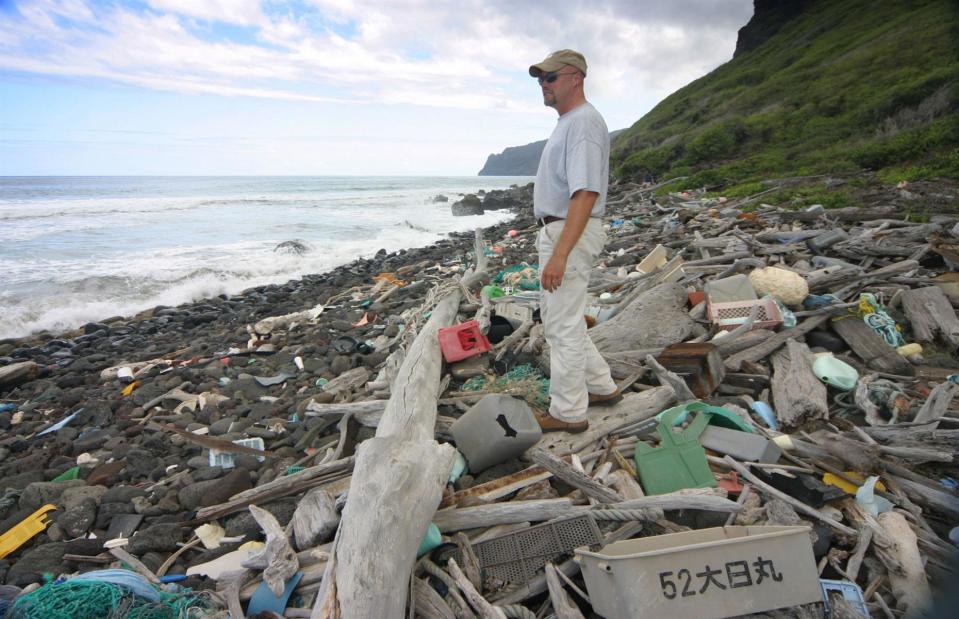
Marine debris has reached critical levels in remote parts of the Pacific, with some of Hawaii's once pristine beaches suffering from a major plastic problem. Many of its beaches and islands, including Niihau (pictured), are overwhelmed with plastic detritus. Much of the debris is being washed up from a giant convergence of waste, dubbed the Great Pacific Garbage Patch, which is swirling around in the Pacific Ocean between California and Hawaii. In February 2023, scientists revealed that a sperm whale found dead off the coast of the island of Kauai was mostly killed by plastic pollution – its intestinal tract was full of fishing traps, discarded nets, plastic bags and other waste.
Hawaii, USA
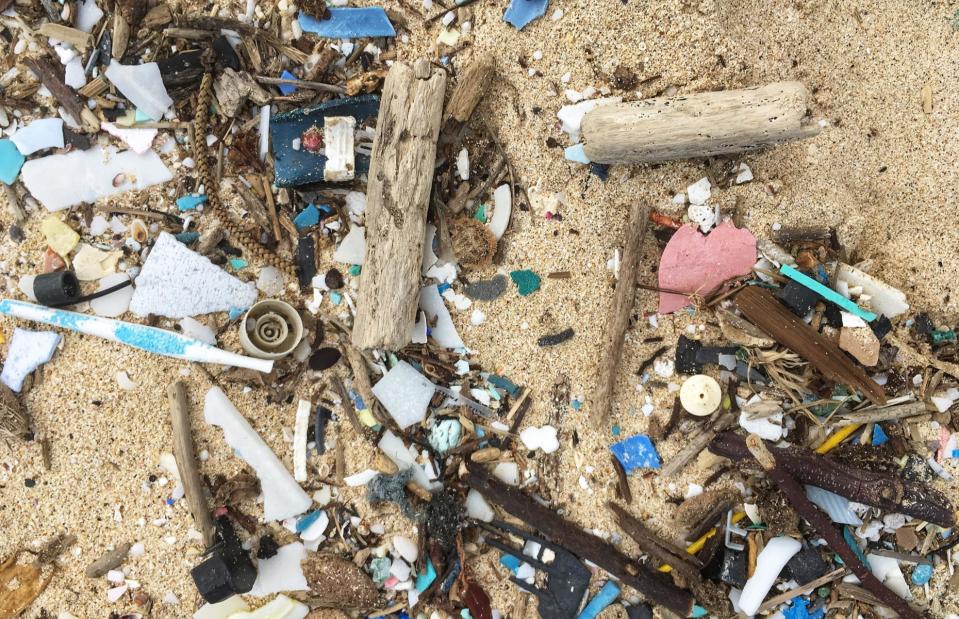
The Hawaiʻi Nei Marine Debris Removal Project, managed by the Hawaiʻi Wildlife Fund, has made progress in cleaning up Hawaii's waters. Over the past two years, the project has removed approximately 168,000kg (370,380lbs) of debris from four of the Hawaiian Islands. The collected debris includes a wide variety of waste, such as discarded fishing nets, plastic bottles and other forms of plastic pollution – much of which originates from distant regions and is carried to Hawaii by ocean currents.
Barcelona, Spain

As tourism overwhelms the city of Barcelona, its beaches have borne the brunt, with many partygoers and visitors leaving more than a footprint in the sand. Cigarette butts, plastic glasses, bottles and food containers can be seen littering the sands of beaches after the pleasure-seeking crowds have dispersed.
Barcelona, Spain
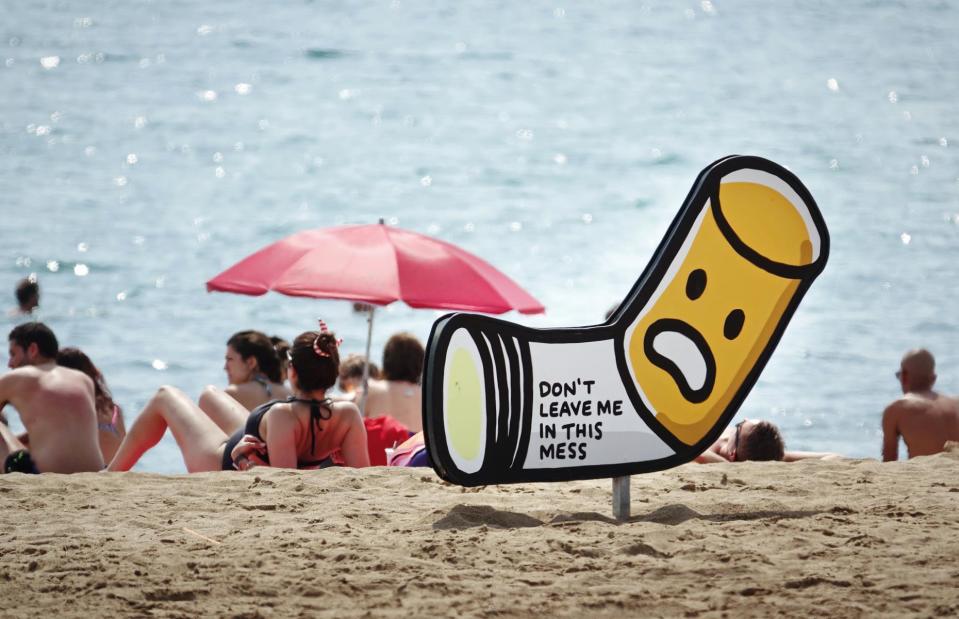
However, the city does not take littering lying down. Hefty fines are dispensed to offenders and lorries regularly plough the sand to collect rubbish. In 2022, the city signed an official commitment to become zero waste, with objectives for the coming years including reducing municipal solid waste and 427kg (941lbs) of waste generation per capita per year by 2027.
Phuket, Thailand
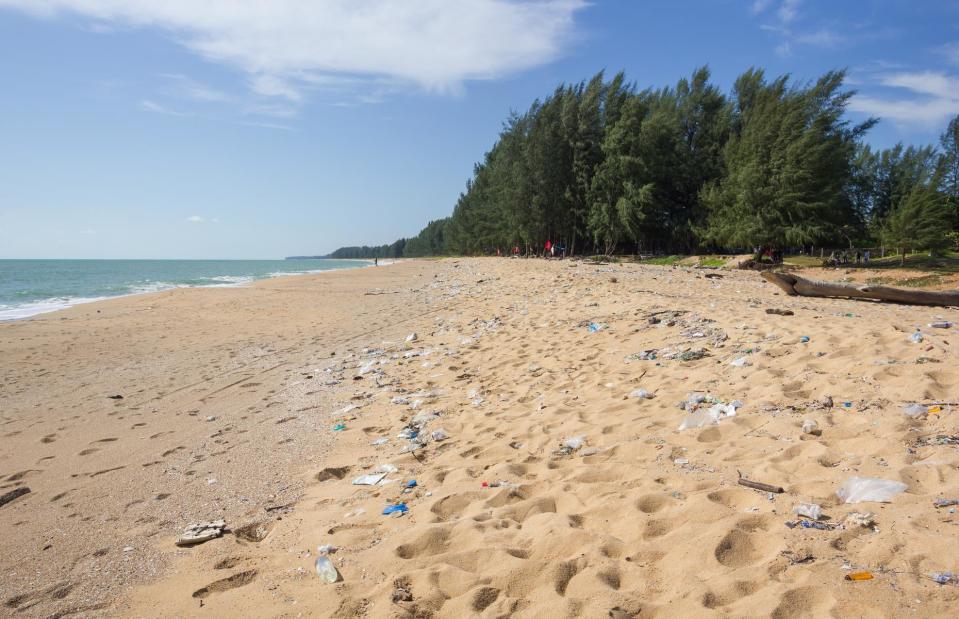
Waste has been tarnishing Thailand’s beguiling islands for many years now. The island of Phuket, pictured, is one tourist hotspot where beaches are scattered with garbage and the water quality is dubious at best. The rising levels of rubbish, escalated by excessive tourism and poor waste management, are causing serious ecological challenges across the country. Thailand is among the world's worst offenders when it comes to plastic pollution and the effects are visible on Phuket.
Koh Lanta, Thailand
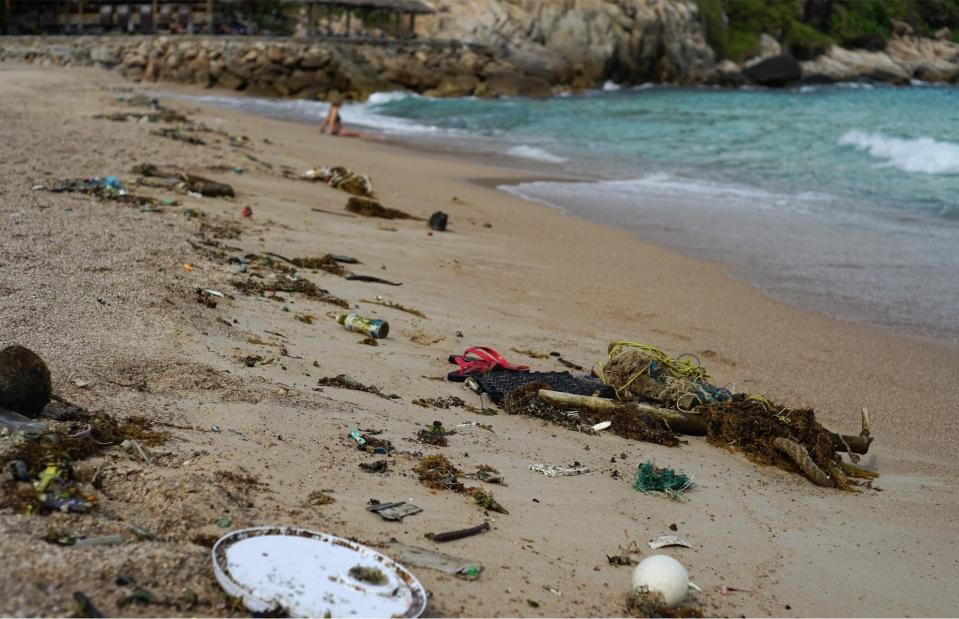
While it's no surprise that party islands Phuket and Koh Samui suffer from a litter problem, it's more shocking to see that relatively sleepy and remote islands like Koh Lanta do too. According to the Ocean Conservancy, Thailand produces up to 27.8 million tonnes of waste a year, with most marine waste made up of plastic debris (12%); Styrofoam boxes (10%); food wrappers and plastic bags (8%); glass and plastic bottles (7%); and straws (5%). Moves have been made to clean up popular beaches, with cigarettes banned and plastic bags and Styrofoam containers prohibited in national marine parks.
Rome, Italy

Rome has been dealing with a persistent garbage collection issue, exacerbated by a previous strike by rubbish collectors and a fire at a waste plant. Overflowing communal bins and uncollected trash on pavements and in marketplaces have become a frequent sight in the city. These challenges have affected the cleanliness of Rome, leaving a noticeable impact on daily life in one of Europe’s most historic and populous cities.
Rome, Italy
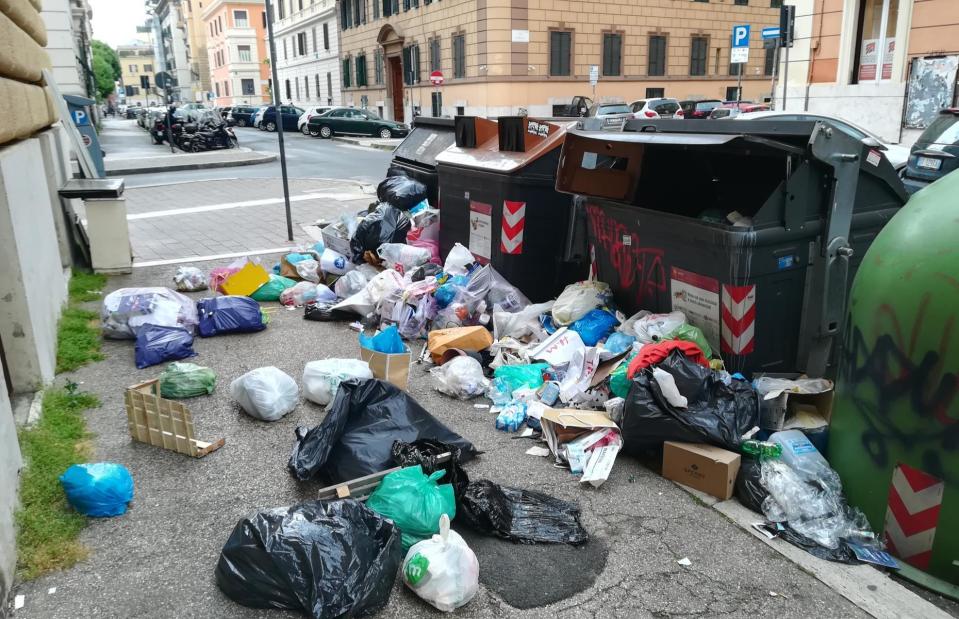
In fact, the sight of wild boars foraging through sacks of rubbish in streets and enormous seagulls attacking bins in Rome became a familiar sight in 2022, forcing citizen groups to take matters into their own hands by organising voluntary clean-ups around the ancient metropolis. While the mayor had promised to clean up the city by December 2022, protests about unacceptable living conditions continued. Then, in April 2023, it was announced that Rome would start sending 900 tonnes of rubbish to Amsterdam every week, in order to keep on top of disposal.
Boracay Island, the Philippines
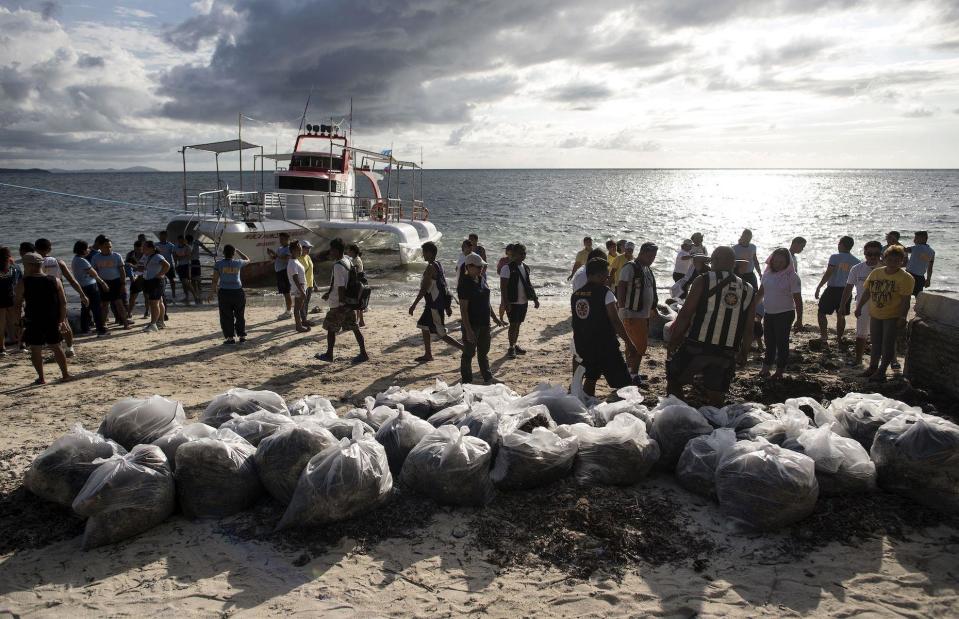
In 2018, the beach resort Boracay Island became a poster child for the ugly face of over-development when the Philippines' president Rodrigo Duterte announced its closure and called it a “cesspool”. His comment referred to the raw sewage that was videoed flowing directly into the tiny isle’s famed blue waters from hotels and restaurants. The scale of rubbish was another huge issue, with the amount generated per person more than three times higher than in the capital, Manila.
Boracay Island, the Philippines
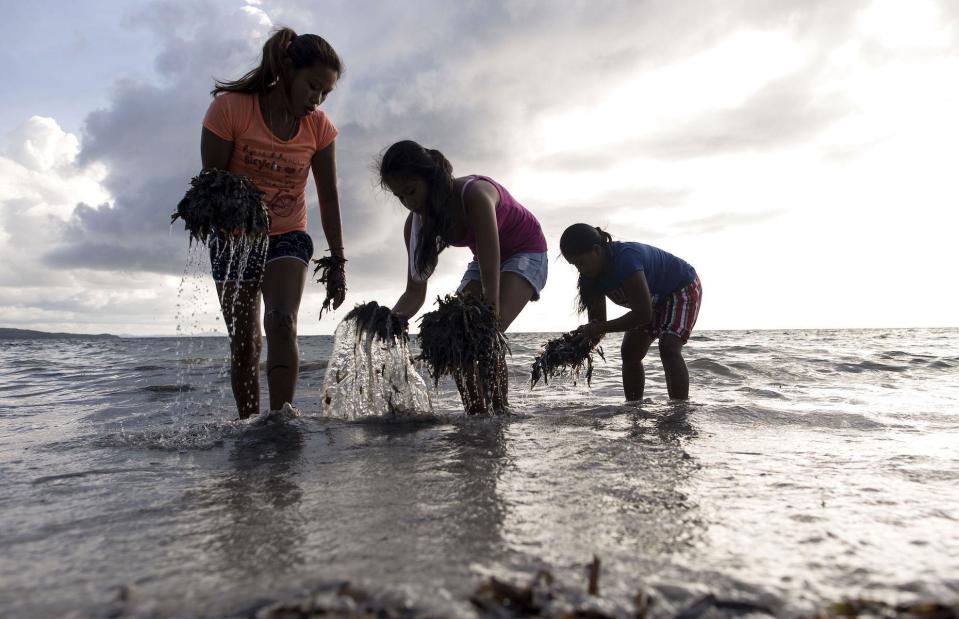
At peak times there would be 40,000 visitors on the popular beach resort, leaving behind mountains of rubbish. After being closed for six months to allow for large-scale rubbish clear-ups and sewage system upgrades. While the cap of 19,215 tourists per day was established after the island's reopening in 2018, reports indicate that this limit has not always been strictly enforced, particularly during peak tourist seasons like the Lenten period in 2022. There is ongoing pressure from both government and environmental groups to ensure that these caps are respected to protect the island's environment.
Lake Titicaca, Bolivia and Peru
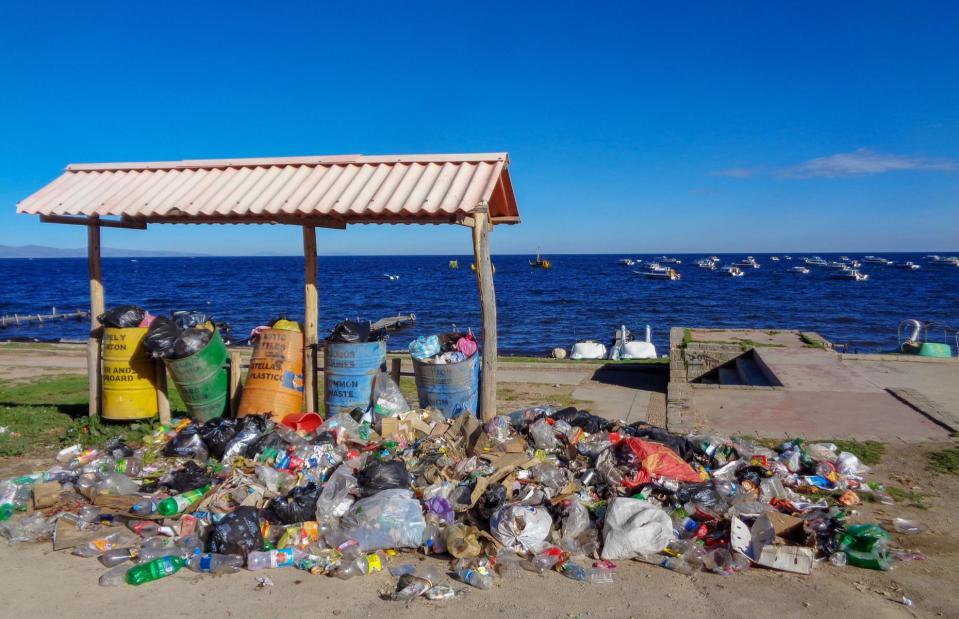
The sight of litter lying along the shores of the sacred Lake Titicaca, the highest lake in the world, is a very sorry one. It’s just one of the problems affecting the ancient lake, whose waters were thought by the Incas to be the birthplace of the sun and now have dangerously high levels of pollution. Industrial and household waste, plastics and other rubbish are washed into the lake, polluting its water and poisoning its aquatic animals. Rubbish deposited on its islands is ingested by livestock and the pollution is causing health problems among the people living along its shores.
Lake Titicaca, Bolivia and Peru

Despite ongoing efforts to clean up the lake, including initiatives by local and international organisations, the scale of the problem remains vast, with both pollution and water levels becoming critical concerns due to the impacts of climate change. Livestock on the lake's islands continue to ingest waste, further complicating the environmental and public health crisis.
Agra, India
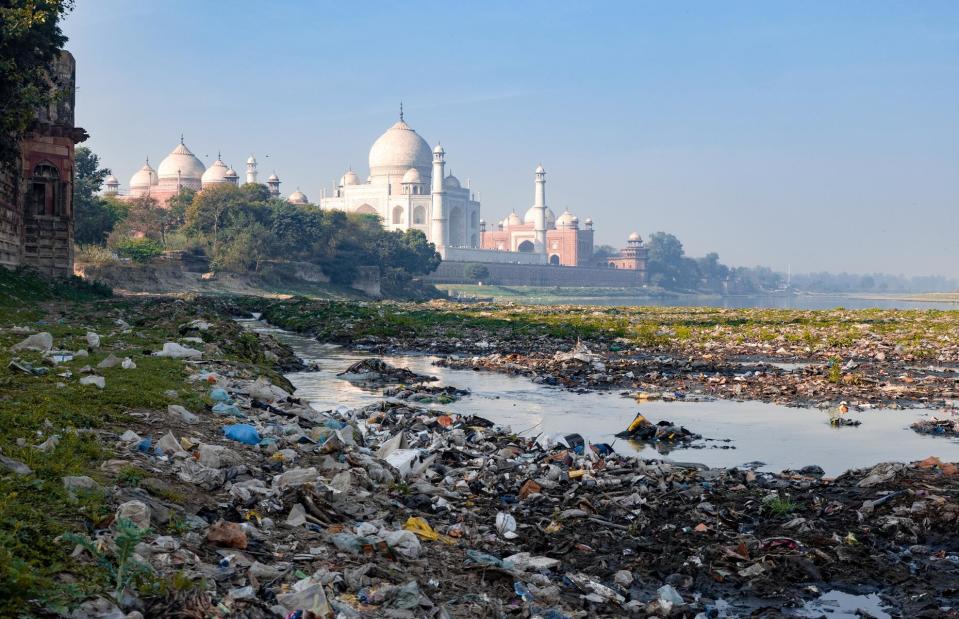
This sight of the Taj Mahal reflected in the rubbish-strewn Yamuna River is not what most sightseers bargain for. One of India's most sacred rivers, which flows past the country’s most famous building, has long suffered from severe pollution. Waste is a serious issue across the country, with many of its rivers and waterways choked with bottles, bags and plastic packaging, while streets are lined with bags of rubbish.
Mumbai, India

Another Indian city battling against the rising tides of refuse is Mumbai. Versova and Juhu Beach are some of the dirtiest spots, thanks to day-to-day rubbish that gets left behind by beachgoers and tonnes of rubbish continually washed up from the sea. Since 2022, Mumbai has seen significant beach clean-up efforts. One notable event was the G20 Mega Beach Clean-Up campaign at Juhu Beach in May 2023, which brought together government officials, local citizens and international representatives to tackle marine litter. In addition to this, local NGOs and community groups have organised numerous clean-up drives focused on removing plastic waste and other debris from Mumbai's beaches.
Lebanon
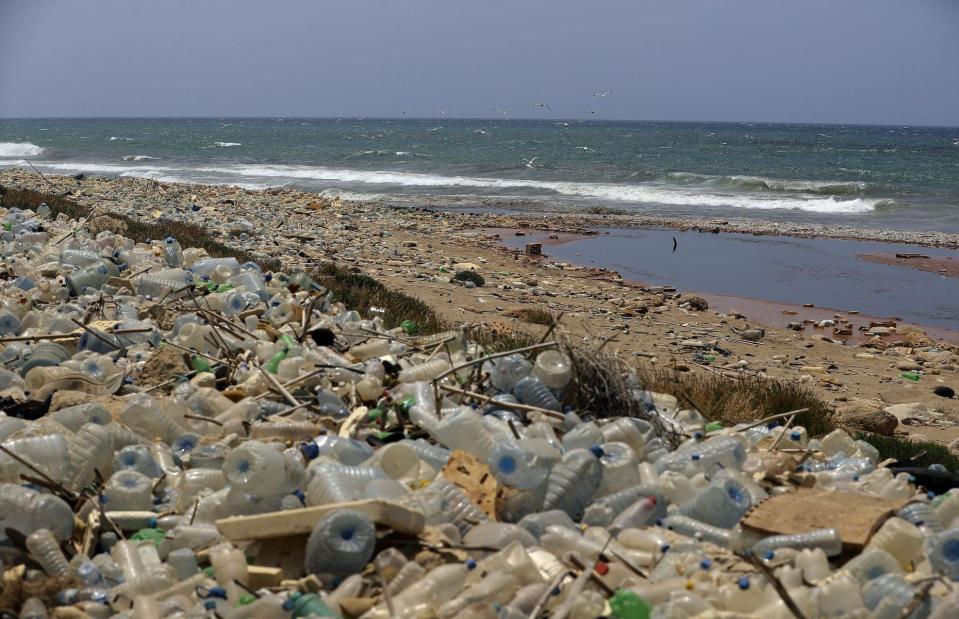
Another nation fighting a never-ending battle with garbage on its shoreline is Lebanon. According to news agency Xinhua, the country produces over two million tonnes of rubbish per year, with 94% sent to landfill sites and just 6% recycled. In previous years, winter storms brought the issue to public attention as masses of rubbish littered its lovely Mediterranean coast and its seas were seen awash with garbage. Meanwhile, snowstorms in 2022 forced many to burn waste, plastic or even their own clothes to stay warm.
Lebanon
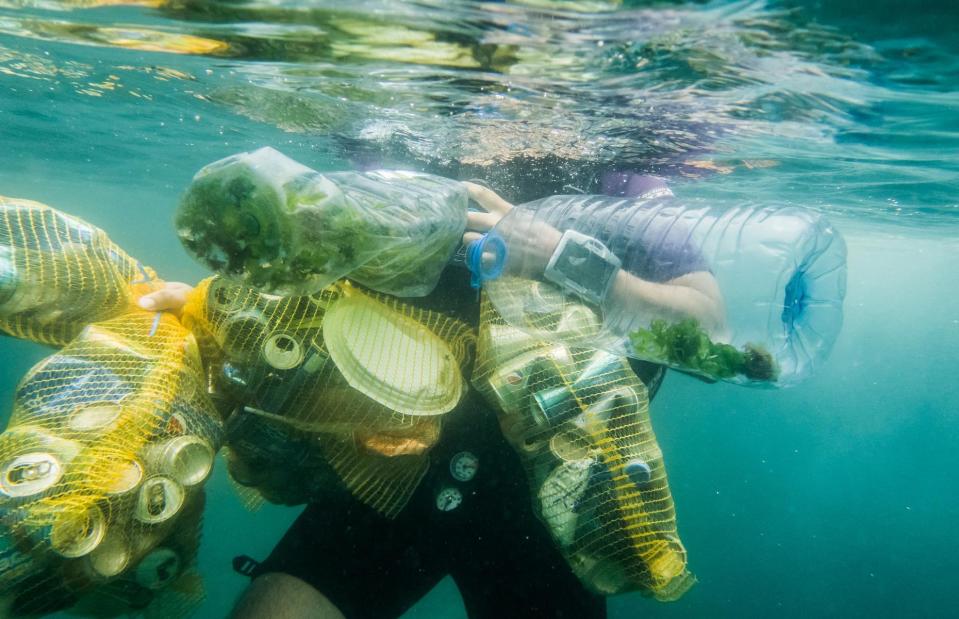
Rotting waste at the Costa Brava landfill site has continued to attract hosts of seagulls, which has caused its own implications at nearby Beirut–Rafic Hariri International Airport. Regular beach clean-ups have been organised by environmental groups for years, but a huge nationwide clean-up operation was undertaken in Lebanon in 2019 to remove vast piles of rubbish – much of it plastic. Volunteers cleared masses of rubbish from more than 150 locations, including its beaches and waters. Pictured here is a diver retrieving rubbish from the Corniche promenade in Beirut.
Honduras, the Caribbean
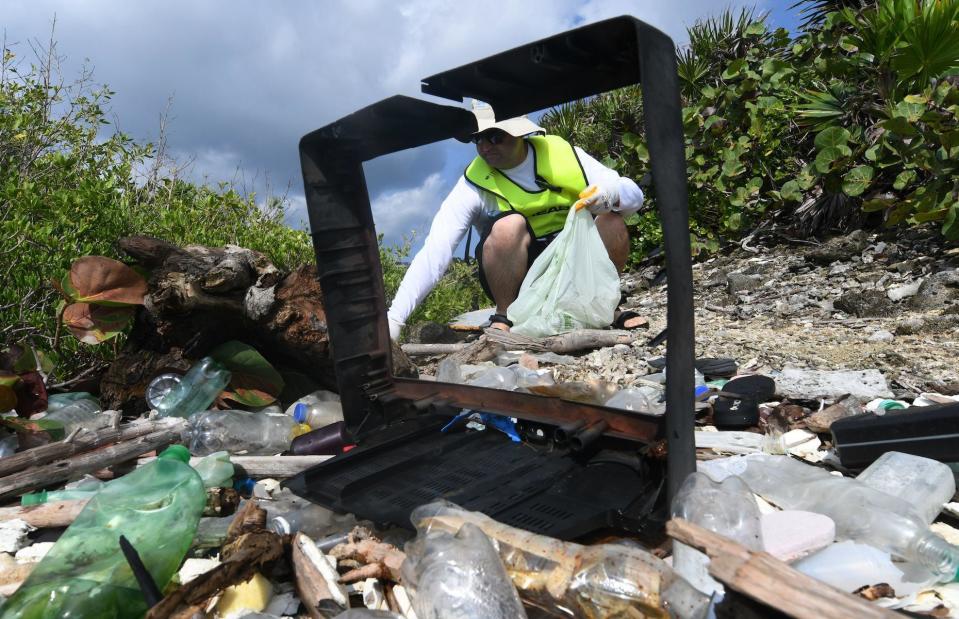
Another sea mired with floating masses of marine litter is the Caribbean Sea. Beaches in Honduras and on Panama’s San Blas Islands, among others, are being choked by a mass of plastic bottles, wrappers and other detritus as they wash ashore. Plastic waste floating off the coast of Roatan, an island in Honduras (pictured) renowned for its beautiful beaches, is thought to have been washed into the sea from Guatemala.
Dominican Republic, the Caribbean
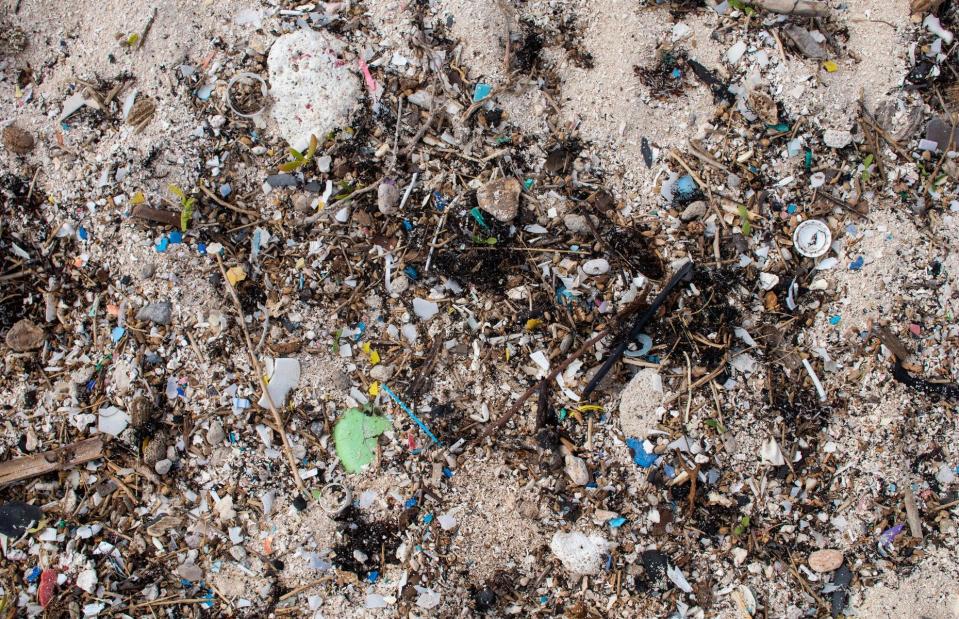
The vast sea of pollution and plastic bobbing about in the Caribbean has affected the Dominican Republic too, with a surge in microplastics polluting its beaches and waters. These tiny pieces of plastic have a devastating effect on the coral reefs and marine life that ingest them. In September 2022, there was a massive clear-up operation on the beautiful island with environmental organisations, private companies and public institutions trying to clean the beaches.
Mallorca, Spain
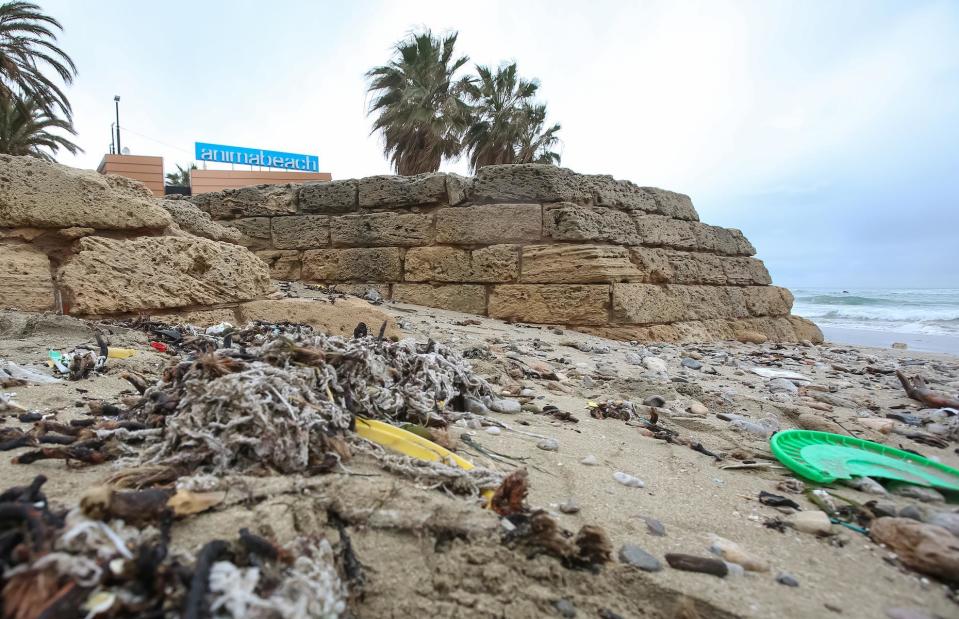
Mass tourism and poor infrastructure are some of the reasons why the Mediterranean island of Mallorca can be plagued by rubbish problems. In recent years, this bay near Palma has become an unsightly mass of rubbish and sewage during periods of heavy rainfall. Thoughtless tourists have been blamed for regularly littering Playa de Palma, a gorgeous but busy stretch of sand, with their beer bottles, food wrappers and cigarette butts.
Mallorca, Spain

The vast sea of pollution and plastic bobbing about in the Caribbean has affected the Dominican Republic too, with a surge in microplastics polluting its beaches and waters. These tiny pieces of plastic have a devastating effect on the coral reefs and marine life that ingest them. The government, alongside international partners, is investing in infrastructure improvements to better manage waste and reduce the flow of plastics into the sea. There has also been a push towards community involvement and education, empowering local residents to participate in preserving their environment.
Now look at these world landmarks under threat from climate change


